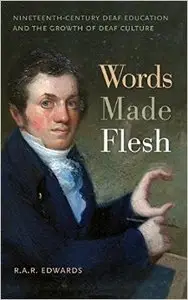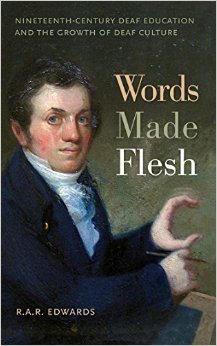R. A. R. Edwards, "Words Made Flesh: Nineteenth-Century Deaf Education and the Growth of Deaf Culture"
English | ISBN: 0814722431, 1479883735 | 2012 | 263 pages | PDF | 2 MB
English | ISBN: 0814722431, 1479883735 | 2012 | 263 pages | PDF | 2 MB
During the early nineteenth century, schools for the deaf appeared in the United States for the first time. These schools were committed to the use of the sign language to educate deaf students. Manual education made the growth of the deaf community possible, for it gathered deaf people together in sizable numbers for the first time in American history. It also fuelled the emergence of Deaf culture, as the schools became agents of cultural transformations. Just as the Deaf community began to be recognized as a minority culture, in the 1850s, a powerful movement arose to undo it, namely oral education. Advocates of oral education, deeply influenced by the writings of public school pioneer Horace Mann, argued that deaf students should stop signing and should start speaking in the hope that the Deaf community would be abandoned, and its language and culture would vanish. In this revisionist history, Words Made Flesh explores the educational battles of the nineteenth century from both hearing and deaf points of view. It places the growth of the Deaf community at the heart of the story of deaf education and explains how the unexpected emergence of Deafness provoked the pedagogical battles that dominated the field of deaf education in the nineteenth century, and still reverberate today.



